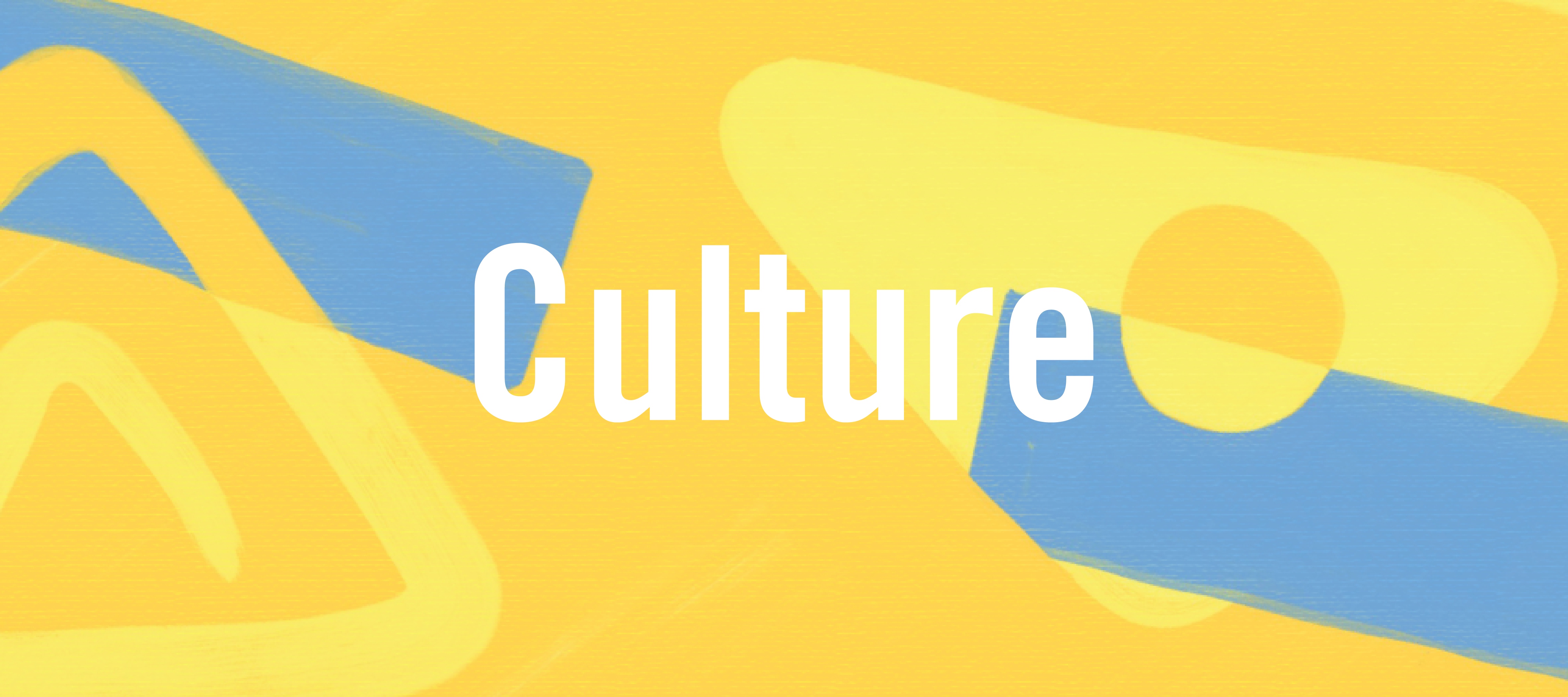For our last issue, we would like to recognize the great work that has been contributed to the Culture section this year, and thank everyone who has contributed. We’ve compiled a recap of some past coverage of important cultural events and encourage readers to check out some of the albums, shows, and exhibits we covered.
Going to the Theatre
Admittedly, we went to and reviewed a lot of plays this year (too many? Who’s to say.). Theatre has, and continues to be, an alternative means of storytelling that has the capacity to be a tool of anti-oppression. We should always be critical of the culture we consume, and for theatre specifically, being aware of which stories make it to the stage, from whose perspectives they are told, and who has the opportunity to represent these stories is important. We attempted to do that this year in our play reviews. Kate Ellis covered the Segal Centre’s Children of God (February 11), a play following the lives of an Oji-Cree family whose children were forced into residential schools by the Canadian government. The talkback following the show addressed the ways in which Canadians should question their actions and positionality in their day-to-day lives, as well as the importance of uplifting Indigenous voices and stories in the arts.
Additionally, Claire Grenier covered Opera de Montreal’s Champion (February 11), an opera presenting the life of the famed boxer, Emile Griffith, who faced homophobia and racism in the boxing industry. The show pushed against the outdated, racist notions that opera must specifically be upper class and European, and opened the conversation about how the opera can, and should, be modernized.
Indigeneity in Art
This year in culture, Veranika Krauchanka had the opportunity to cover Elisapie Isaac’s performance at POP Montreal (October 9). Isaac performed songs from her new album, The Ballad of a Runaway Girl, and addressed the Indigenous renaissance, saying that it’s “action and explosion of all the fucking shit that’s been [swept under the carpet].” Her album is out now and available on iTunes, Spotify, and Amazon Music.
Additionally, Sara Hashemi covered the partnership between the Avataq Institute and the Montreal Museum of Fine Arts (October 1), created in efforts to protect and promote Inuit art and culture. The Avataq Institute was created 40 years ago by elders in Nunavik with the mission of protecting and promoting their Inuit culture. Hashemi’s article also detailed the importance of Indigenous peoples’ curation of their own artwork in museums, rather than the co-optation of Inuit art by white curators.
Cocoa Butter and Isthmus
Poetry and narrative pieces also played an important role in the Culture section this year. Our two columns, Cocoa Butter and Isthmus, brought poetic and literary pieces into the section from a variety of different writers and perspectives. Kathleen Charles wrote “A Self-Care Guide for Melanated Bodies” (September 10) in Cocoa Butter, as well as “Fix Your Hair” for our Black History Month Issue (February 25).
Evren Sezgin, Chloe Kemeni, Panayot Gaidov, and Sophie Mckenzie, as well as other anonymous writers, contributed to Isthmus this year. They wrote on themes of belonging, connection, and their relationship with themselves and with others.
Interviews with Artists
This year, Culture had the opportunity to interview artists directly and publish their thoughts in the paper. The culture co-editors, Yasna Khademian and Nadia El-Sherif, interviewed one of the playwrights of Blackout, Kym Dominique-Ferguson (February 25), who talked about her experience writing the play and the importance of Black voices being able to tell their own stories. Blackout, presented by Tableau D’Hôte Theatre, tells the story of the 1968 Sir George Williams (SGW) Affair, where Black students held a peaceful sit-in against discriminatory grading policies at Sir George Williams University (now known as Concordia University), and the aftermath of it.
Additionally, the Daily published an interview with Buffy Sainte Marie (February 18), who talked about her experience as an artist and activist. She discussed Indigeneity and environmental justice, the role of music in activism, and the importance of taking care of oneself in activist spaces.
Night at the Museum
Museum exhibitions, and art as a whole, can play a crucial role in uplifting marginalized voices. However, they can also act as a colonial device in reshaping narratives in the colonizer’s image. Thus, the way in which exhibitions are curated and presented is extremely important.
At the McCord Museum this spring, Atenas Odriozola covered Hannah Claus’ exhibit, “there’s a reason for our connection” (March 25) as an artist-in-residence there. Claus comes from English and Kanien’kehá:ka (also known as Mohawk) heritage, the latter of which heavily influenced her latest work. Her exhibition explored the notion of relationships, an important concept in Iroquois culture, and focused specifically on people’s connections with the objects they’ve left behind. It will be on display at the McCord Museum until August 11.
In another article, Kelsey McKeon visited the exhibition, “Milton-Parc: How We Did It,” (February 18) at the Canadian Centre for Architecture. This exhibition tells the story of how Milton-Parc residents halted developers’ plans to demolish their community. In the process, they began a collective movement that continues to advocate for the residents of Milton-Parc, and engage with them through petitions and workshops.
More!
Culture is an expansive section, and writers can choose to engage with many different forms of art or culture. Siân Lathrop wrote “A Guide to Rad Podcasts” (November 12). The guide discussed “2 Dope Queens,” hosted by Jessica Williams and Phoebe Robinson, who aim to highlight comedians of colour and queer comedians’ and work. In another podcast, Nia King’s “We Want the Airwaves,” Nia King interviews politically-active trans and queer artists and artists of colour.
James Ward wrote “The Power of the People,” which reviewed Astra Taylor and Silvia Federici’s What is Democracy? (February 5) which attempted to answer the titular question. The film explored democracy as both a shared value and an institution, and questioned the value of the latter.

